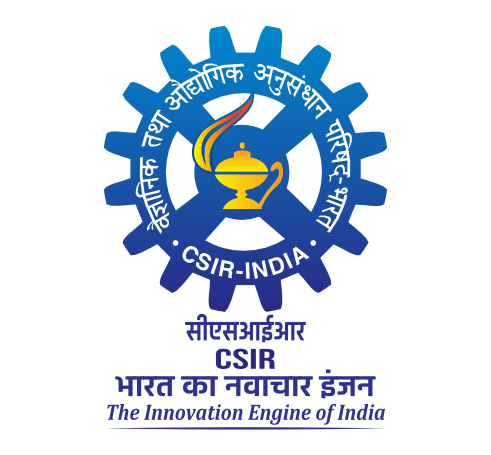Production, purification and identification of novel antioxidant peptides from Piaractus brachypomus (red-bellied pacu) using Pediococcus pentosaceus fermentation.
Neelu, Suresh Babu and Prakash, M. Halami and Tanaji, G. Kudre Production, purification and identification of novel antioxidant peptides from Piaractus brachypomus (red-bellied pacu) using Pediococcus pentosaceus fermentation. Journal of the Science of Food and Agriculture, 105. pp. 7890-7899.
|
PDF
J Sci Food Agric - 2025 - Babu - Production purification and identification of novel antioxidant peptides from Piaractus.pdf - Published Version Restricted to Registered users only Download (1MB) | Request a copy |
Abstract
BACKGROUND: Fish proteins are considered as noteworthy sources of bioactive peptides and their preparation using Lactobacillus fermentation has gained more importance because of health benefits. The present research focuses on the production, purification and identification of novel antioxidant peptides from fermented Piaractus brachypomus meat protein hydrolysate (PBMPH) using Pediococcus pentosaceus. RESULTS: The PBMPH was produced using a 300 g L−1 P. brachypomus meat concentration, 20 g L−1 sucrose and 48 h of fermentation. Antioxidant peptides were separated from PBMPH using ultrafiltration (3 kDa molecular weight cutoff), Sephadex G-25 gel filtration chromatography, and reverse-phase HPLC, respectively. Ultrafiltration demonstrated that PBMPH-UF-1 fraction (molecular weight < 3 kDa) exhibited notably higher ferric-reducing antioxidant power (FRAP), 2,2-diphenyl- 1-picrylhydrazyl (DPPH) radical scavenging, 2,20-azino-bis(3-ethylbenzothiazoline-6-sulfonic acid) diammonium salt (ABTS) radical scavenging and Fe2+ chelating activity (P < 0.05) than PBMPH-UF-2 fraction (molecular weight > 3 kDa). Subsequently, the separation of PBMPH-UF-1 peptide fraction by Sephadex G-25 resulted in three fractions of antioxidant peptides. Amid these peptide fractions, PBMPH-GF-1 revealed significantly higher antioxidant activities (FRAP, DPPH, ABTS and Fe2+ chelating activity) (P < 0.05). Furthermore, the PBMPH-GF-1 peptide fraction was subjected to reverse-phase HPLC, in which eight peptide fractions were obtained. PBMPH-RPH-7 peptide fraction had the highest antioxidant activities than other fraction counterparts. Liquid chromatography-tandem mass spectrometry further identified the peptide sequence of the PBMPH-RPH-7 fraction and unveiled two antioxidant peptides, namely LTDIESM (749.36 Da) and DPGYMHHKFAIV (1429.68 Da), with amino acid sequences Leu-Thr-Asp-Ile-Glu-Ser-Met and Asp-Pro-Gly-Tyr-Met-His-His-Lys-Phe-Ala-Ile-Val, respectively. CONCLUSION: The findings of the present study emphasize the production and purification of novel antioxidant peptides from P. brachypomus meat protein through P. pentosaceus fermentation, which can be utilized as a potential antioxidant in functional foods and nutraceutical products.
| Item Type: | Article |
|---|---|
| Uncontrolled Keywords: | Piaractus brachypomus meat; Pediococcus pentosaceus fermentation; fish protein hydrolysate; antioxidant activity; peptide purification; peptide identification |
| Subjects: | 600 Technology > 08 Food technology > 16 Nutritive value > 03 Proteins 600 Technology > 08 Food technology > 28 Meat, Fish & Poultry > Fish |
| Divisions: | Food Microbiology Meat Fish and Poultry Technology |
| Depositing User: | Food Sci. & Technol. Information Services |
| Date Deposited: | 12 Nov 2025 09:39 |
| Last Modified: | 12 Nov 2025 09:39 |
| URI: | http://ir.cftri.res.in/id/eprint/20085 |
Actions (login required)
 |
View Item |

